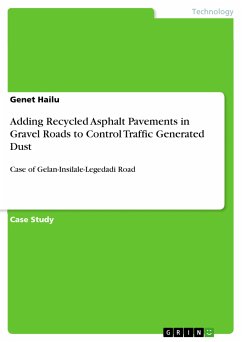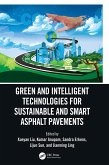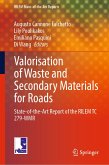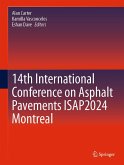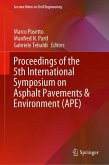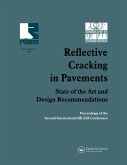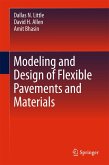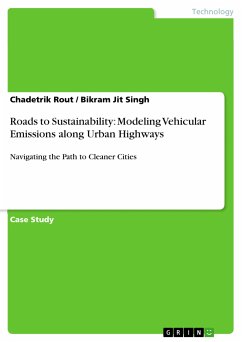Case Study from the year 2017 in the subject Engineering - Civil Engineering, Addis Ababa University, course: Road and Transport Planning, language: English, abstract: As many of the developing countries Ethiopian's road network is mostly gravel. It comprises 82.7% of the road network. Road users and residences around these roads highly exposed to the dust generated due to traffic. In the past years so many techniques of dust reduction has been applied, starting from application of water to using chemical adhesives. In this work an alternative option for dust reduction is presented. Sub base materials from Gelan-Insilale-Legedadi DS6 road section and tear off asphalt pavement from Kality-Akaki road were bagged, tagged & transferred to laboratory. In laboratory in order to determine the engineering property ASTM & AASHTO standards were used. Precipitation Data from Ethiopian National Meteorology Agency, traffic count, vehicle classification of federal highway administration and laboratory test results of silt content & particle size multiplier K-value were used for adopting EPA3 dust quantification model & fugitive dust handbook equation. MINI-TAB17& Excel analyses were used to analyze the data. The result shows blending the 70% sub base with 30% RAP the dust emission was reduced by 17%. The method was also found to be both ecological & economical.
Dieser Download kann aus rechtlichen Gründen nur mit Rechnungsadresse in A, B, BG, CY, CZ, D, DK, EW, E, FIN, F, GR, HR, H, IRL, I, LT, L, LR, M, NL, PL, P, R, S, SLO, SK ausgeliefert werden.
Hinweis: Dieser Artikel kann nur an eine deutsche Lieferadresse ausgeliefert werden.

